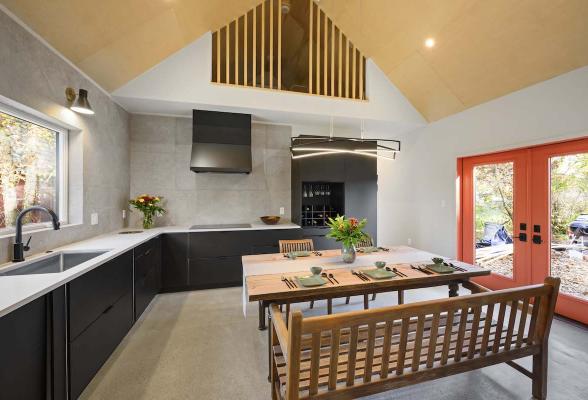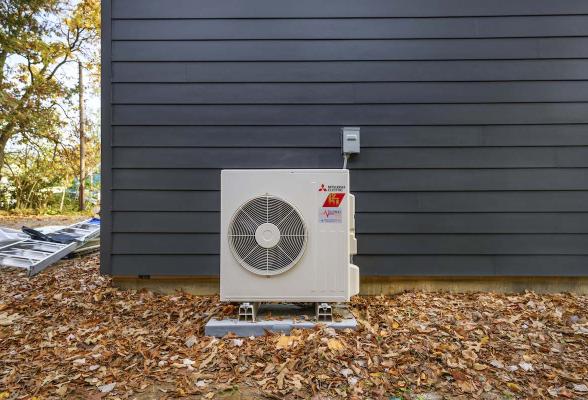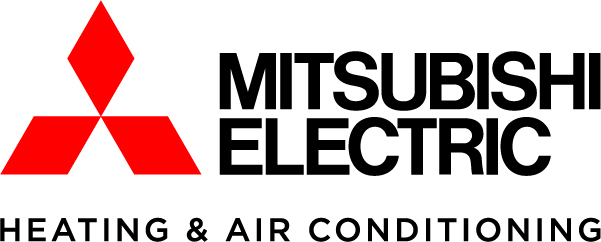Going Electric: Getting Off Gas as a Key Sustainability Strategy
Symbi Homes plans for 100% electrification, but that comes with some caveats
Among the most predominant themes for solving the global climate crisis, policymakers and activists alike have called for a drastic reduction in our reliance on fossil fuels, which emit the vast majority of harmful greenhouse gas emissions.
To that end, green builders and remodelers have begun to embrace electrification to improve the sustainability of our built environment.
Symbi Homes, the sustainable builder of our Model ReModel 2022 is looking to achieve near 100% electrification for their restoration of a 19th-century Victorian with a new 850-square-foot in-law suite addition.
Products for Electrification
The project will feature high-efficiency electric equipment and appliances including heat pumps by Mitsubishi Electric Trane HVAC US for heating and cooling, Samsung induction cooktops and electric ovens, and an electric hot water heater for the addition.
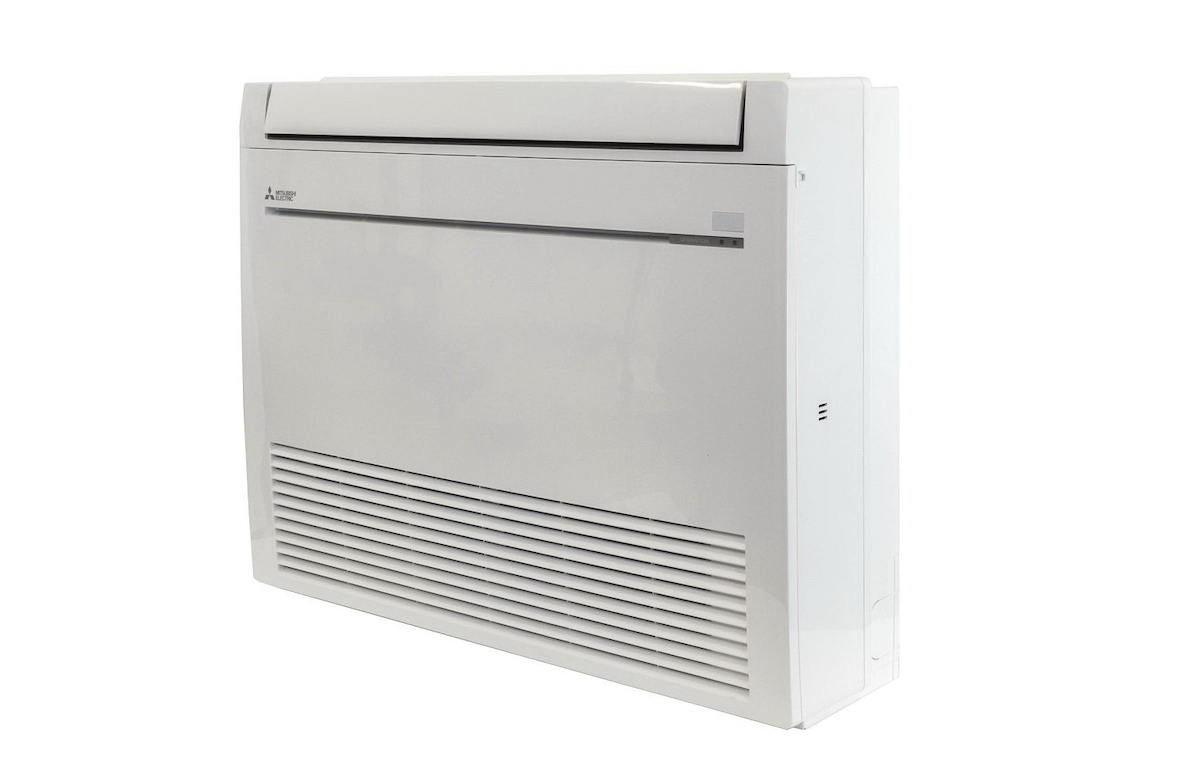
On the first floor of the historic Victorian, Symbi will replace a natural gas-powered boiler and traditional radiators with the two Mitsbushi floor-mounted ductless mini-split systems (model MFZ-KJ12NA). The table below provides capacity and efficiency ratings for these Energy Star-certified units.
The old conventional boiler had a fuel efficiency rating of 65-78%, compared to a 420% fuel efficiency for the new heat pump equipment.
The Samsung 36" Smart Induction Cooktop selected for the in-law suite is 30% more energy efficient than comparable electric cooktops and 70% more efficient than cooking with natural gas.
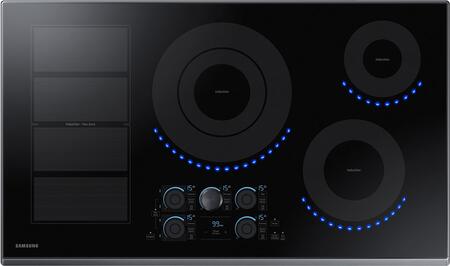
“It’s very exciting the technology that is available to builders and homeowners now. There are readily available and affordable electric products on the market that didn’t exist even five to seven years ago, and other electric products have made huge gains in terms of performance and efficiency,” explains Symbi Homes CEO Nicole Tysvaer.
Electrification Caveats
Although committed to full electrification, Tysvaer also acknowledges some potential caveats. In a national study of deep energy retrofits by the US Department of Energy, researchers found that electrification can sometimes have the unintended consequence of increasing a home’s overall energy use, especially as equipment is added to increase comfort.
Some appliances, such as tankless water heaters, still do not perform as well powered via electricity, as they do with gas.
“We may keep the gas-powered water heater tank in the Victorian, as it is quite new and other electric options are not as efficient,” says Tysvaer.
Also, most homes still rely on fossil fuel-burning electricity from the grid as a primary power source.
Symbi hopes that the addition’s roof will provide adequate sunlight for a large array of solar panels to offset most of their energy needs. Symbi’s solar provider is conducting analyses of their estimated kilowatts, but if shading from tree cover prevents adequate production, Tysvaer will tap into a local community solar program to ensure clean energy.
